Published 23rd June 2023
What Can NFTs Do? | 20 Examples of Non-Fungible Tokens in the Real World

What’s an NFT and what are their benefits?
An NFT, or non-fungible token, is essentially a unique and irreplaceable line of code on a blockchain. Despite their intangible nature, NFTs offer valuable attributes in our digital world:
Decentralisation: NFTs, operating on the blockchain, avoid central control, enhancing transparency and security.
Authentic & Immutable: Authenticated by the blockchain, NFTs can’t be erased but can be removed from circulation by the owner.
Tokenisation of Assets: NFTs enable dividing and trading assets in smaller units, allowing fractional ownership of high-value assets like real estate.
Accessibility: Globally tradable, NFTs break geographical and political barriers, broadening markets for artists and creators.
Community Engagement: NFTs create a direct link between creators and audiences, fostering a supportive and engaged community.
Despite their reputation, NFTs extend far beyond digital art, impacting various industries. Here’s a list of use cases and examples where NFTs innovate and improve industries:
20 Examples of NFTs
Parcels
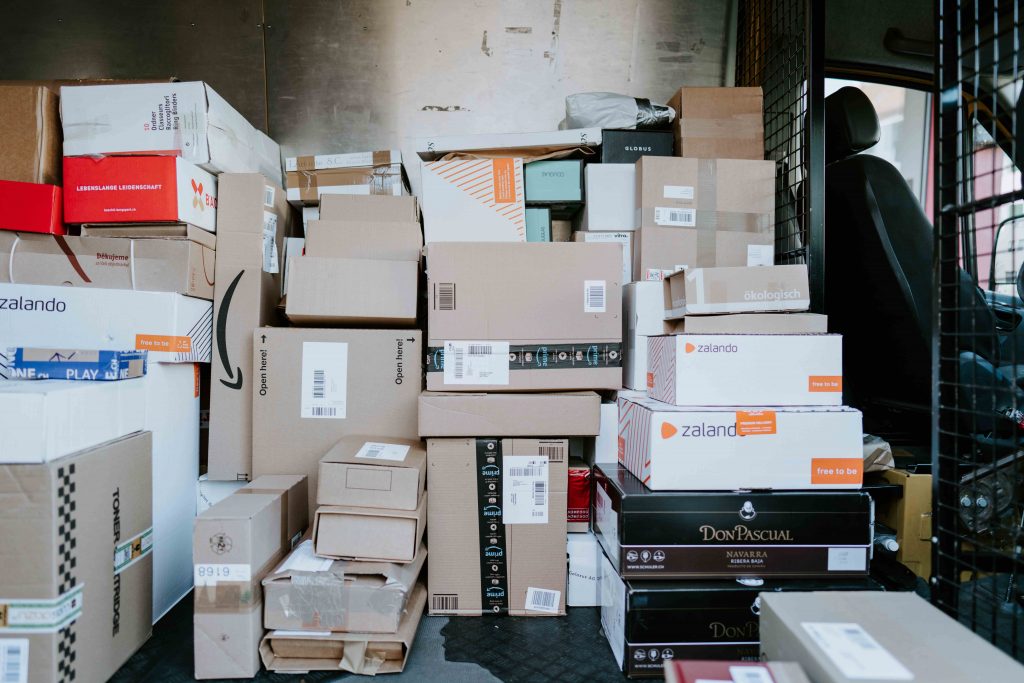
NFTs play a unique role in safeguarding real-world assets and ensuring equitable trade in a supply chain. Amazon incorporates blockchain in its ‘Track and Trace’ program, enabling vendors to leverage it for cost-effective and efficient supply chain tracking.
This move is driven by the inefficiencies of old systems, labelled as time-consuming and leading to information silos. In this blockchain system, each product is assigned an NFT, forming a digital twin tracked and authenticated at every stage from manufacturing through logistics to the consumer.
Carbon Credits

NFTs can be used to tokenize carbon offsets, allowing for major industries more flexibility in reaching their carbon footprint goals. Projects such as the AirCarbon Exchange have sold carbon credits to Abu Dhabi, helping them to achieve carbon neutrality.
Cambridge University is also starting its own carbon credit exchange that will support reforestation projects to preserve biodiversity.
Real Estate

Propy functions as a blockchain-verified real estate selling platform, enabling users to browse and list properties using fiat or cryptocurrencies. In 2017, Propy achieved the first-ever blockchain-based real estate transaction and, in 2021, pioneered the sale of the world’s first real estate-backed NFT. This NFT represented ownership transfer paperwork, featuring an illustration by Ukrainian street artist “Chizz” found both in the NFT and on the apartment wall. The NFT not only streamlined transactions but also added value as an artwork.
While Propy currently focuses on high-end properties, its success in the luxury market, boasting over 1000 sales and $1 billion in transactions, hints at its potential to expand into a broader real estate market. Other platforms have also explored NFTs for fractional property ownership, providing opportunities for groups and small businesses to enter the property market.
Cars

The Alfa Romeo Tonale SUV was the italian carmaker’s first car on the market to come with an NFT digital certificate, attempting to increase the car’s resale value. It does this by recording vehicle data, but only with the owner’s consent.
The idea was that if the car has been regularly serviced, driven appropriately and is overall well-maintained, then the driver selling his car would be able to demand a higher price.
Luxury Fashion
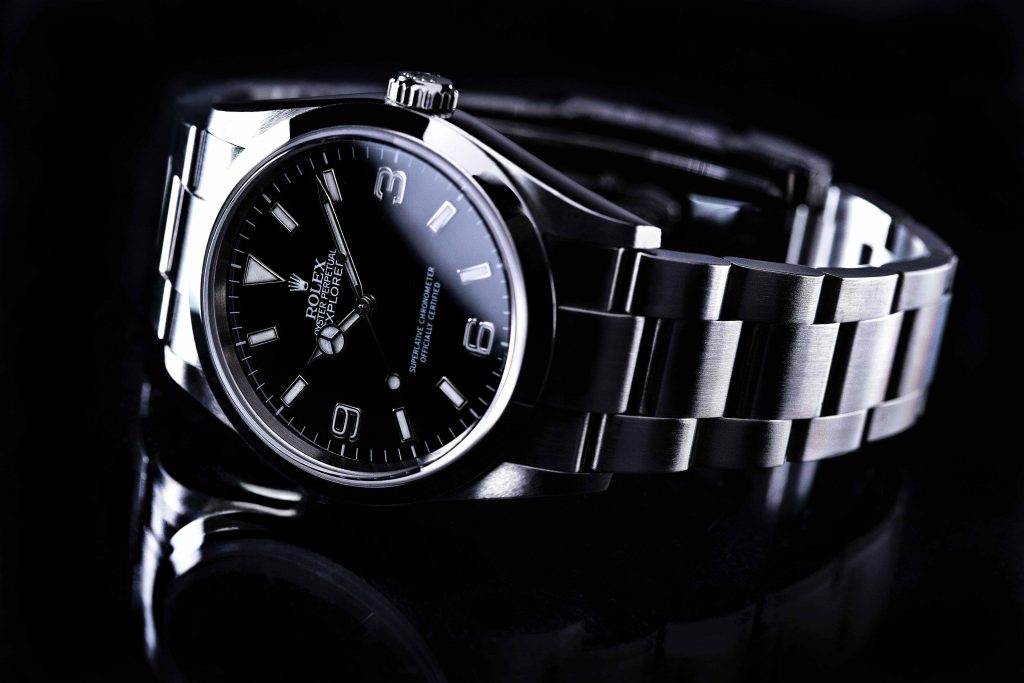
As with fine art, NFTs are perfectly suited for the luxury fashion market, as they provide an unrivalled method for authentication. Luxe Watches is one such company providing an authentication service, specifically for Rolexes, where luxury watch owners may request an NFT to secure their purchase.
These NFTs verify the customer ID, the date of transaction, the item model, the price paid and a photo of the specific item itself. It is an immutable and unfalsifiable proof of ownership that can be transferred to new owners with confidence from both parties that the transaction is legitimate. In the luxury fashion market, where forgery is rife, provenance is priceless.
It’s also worth mentioning the Aura Blockchain Consortium, which is an alliance of fashion brands such as Louis Vuitton and Prada teaming up with Consensys and Microsoft, to use NFTs to authenticate luxury garments and accessories.
Gaming Assets

One of the key industries to embrace NFTs has been the gaming industry, wherein concepts like Play2Earn and metaverse have become hugely popular with various iterations spanning a 410 billion dollar market.
The biggest NFT game with a whopping 2.8 million daily active players is Axie Infinity, the play2earn phenomenon that lets players earn AXS tokens by playing. These tokens can then be used in the platform’s governance.
Using NFTs for gaming assets means that when a player buys an in-game item, they actually own that item, and can sometimes even transfer it between games and blockchains. After years of public outcry about microtransactions, loot boxes and battle passes in popular video games, NFTs could be the fresh twist the industry needs.
Augmented Reality Assets

Augmented reality (AR) really hit the big time with Pokemon GO back in 2016, where millions of players flocked to the streets to collect the titular Pokemon from street corners across the globe.
Coupled with NFTs, AR experiences like this can provide even more value to players by offering a tangible digital asset that provides an actual real-world reward to users that find it. Meta has already begun investing in this idea, pouring $36 billion into its Reality Labs division from 2019 to 2022, where they are working on dynamic NFTs that can be experienced in an AR environment.
This innovative development will bring new life to NFTs, blurring the line between the digital and the physical realm.
Film Assets

Non-Fungible Films is an entertainment studio specialising in animated shorts that bridges the gap between web3 and mainstream media. NFF creators develop and design unique NFTs, such as characters, props or scenes from their upcoming films. These are then minted and sold to fans in auctions on marketplaces like OpenSea.
NFF then uses proceeds from the sale of the NFTs to fund their film projects. This novel approach to filmmaking could very well invigorate the indie film market with truly crowd-funded projects, alongside the strides being made by DAOs (Decentralised Autonomous Organisations) like Decentralised Pictures.
Digital Art
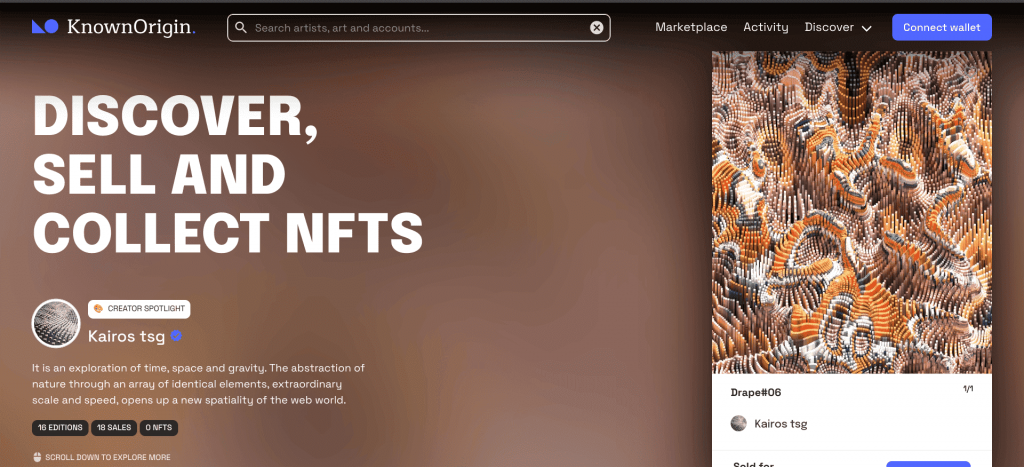
Digital art sales propelled NFTs into mainstream recognition, reaching a peak market valuation of $21 billion. Despite a subsequent downturn alongside crypto, various NFT marketplaces have gained popularity. Notable among them is KnownOrigin, a leading digital art marketplace empowering artists in creating, minting, and selling NFTs. Emphasizing authenticity, the platform curates high-quality original artworks with features like integrated creator contracts, granting artists control over NFTs and future royalties.
KnownOrigin cultivates a vibrant community through events, facilitating direct interaction between artists and collectors. This fosters benefits such as expanded market reach, sustainable revenue streams, and heightened authenticity. While the web2 mainstream is still grasping the concept of true ownership of digital media, digital art NFTs have significantly influenced how artists approach monetizing their work.
Music

It’s becoming clear now just how useful NFTs can be for independent artists, and it is no different in the music industry. Gala Music is a decentralised music platform built on the blockchain. It aims to empower artists and fans by giving them more control over their music and earning potential.
The platform functions much like your typical web2 music streaming service with a similar user experience, but it allows artists to integrate NFTs so that they can further monetise their work. The tech could very well ease the growing concerns around the disparity between artist earnings and the profits of web2 streaming services.
Tickets

Another way NFTs can help out music artists is by authenticating concert tickets, or indeed tickets for any live event. As discussed, an NFT is uniquely identifiable on the blockchain, meaning venues fitted with the right kit could detect forged or duplicated tickets with ease.
Seatlab is one such company that has also started offering this service to event venues in the UK. Their NFTs offer fans authentic and tamper-proof tickets, allowing peace of mind for both ticket holders and the venue owners. On top of this, the NFTs can be used to offer gamified and more interactive experiences to fans, rather than just being a standard ticket.
Memberships

More than just for big one-time events, the immutability of NFTs makes them perfect for long-standing memberships as well. The world’s first NFT restaurant, Flyfish Club, in New York City, allows users to purchase their Flyfish NFT to gain exclusive access to their premium dining experience.
Unlike a traditional club, however, these NFT memberships are under the control of the user, not the club. Therefore users can choose to lease or sell their NFT membership to someone else whenever they choose, giving each member greater utility and value from their membership.
Domain Names
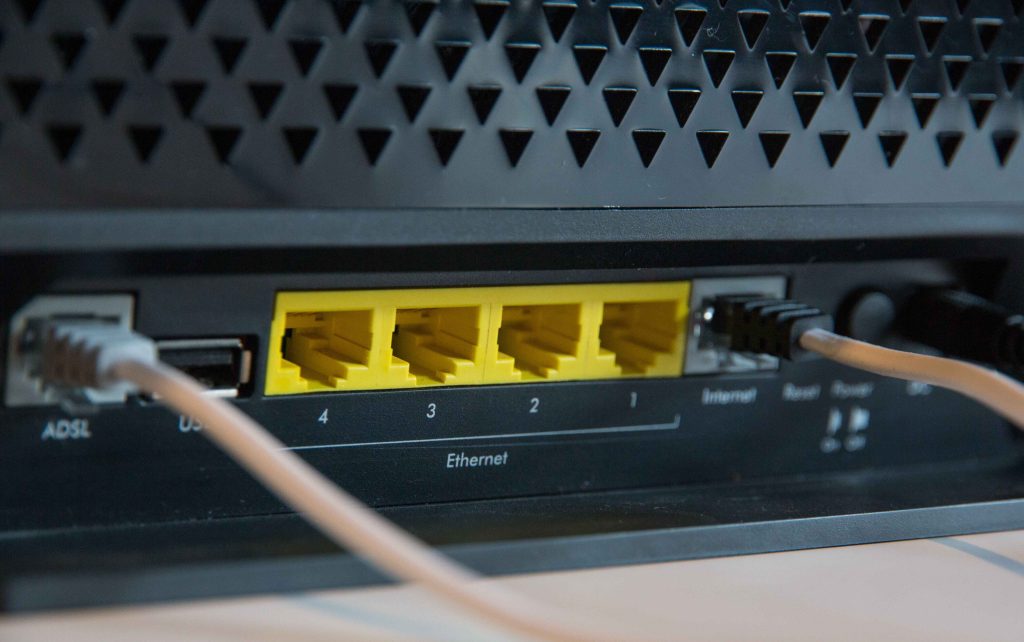
On the internet, your username is your identity. Unstoppable Domains is a leading provider of decentralised domains, enabling users to own and control their digital identity in the Web3 ecosystem.
Unlike traditional domain registrars, Unstoppable Domains stores domain ownership information on the blockchain, ensuring immutability, security, and ownership transparency. This service would prevent a major corporation from stealing your username, such as when the former Twitter user @x had their username taken when the social media site rebranded from Twitter to X.
Government Records
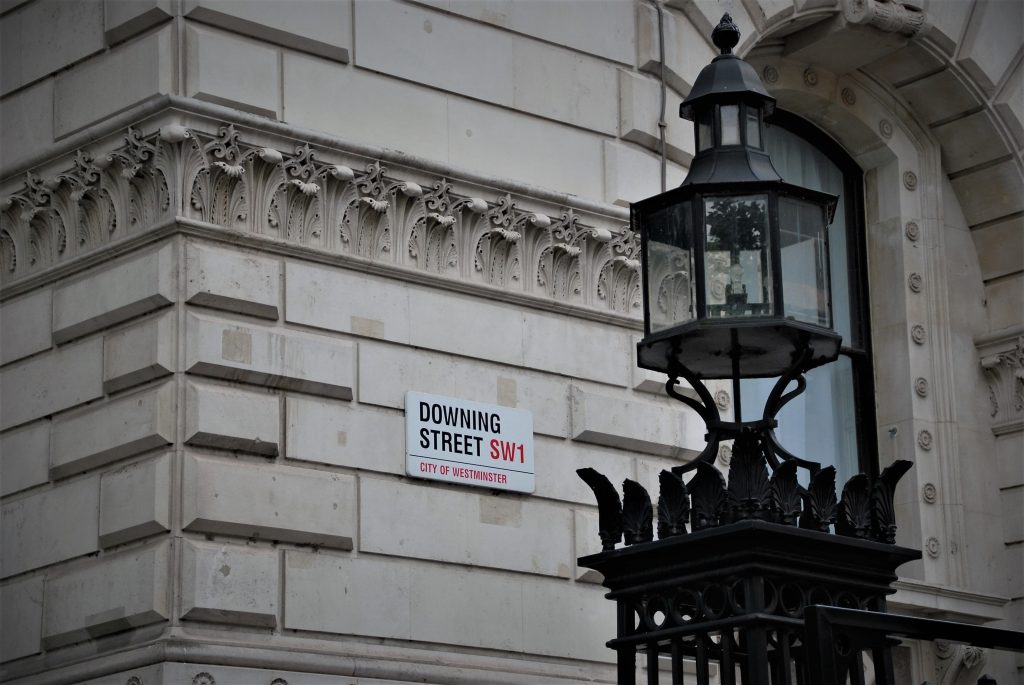
Governments and regulators around the world have been looking at the use of NFTs for record-keeping, due to their inherent security, and have explored the use of NFTs for birth certificates, driving licences and marriage certificates.
In the future, NFTs could be minted to signify ownership of intellectual property, as well as being integrated into voting systems to ensure tamper-proof elections.
Health Records

Health data is some of the most private information for obvious reasons, but it is also regularly abused and leaked both accidentally and intentionally. NFTs can be used to secure health data and empower patients to make important decisions regarding their personal information.
Patients and wearable technology users can leverage NFTs to control and monetize their health data, benefiting both themselves and researchers, as opposed to third parties profiting from this information, sometimes without patient consent.
Super Yachts

One of the more fun ways for NFTs to be used is to offer average people a chance at experiencing a life of luxury for the day.
Cloud Yachts are using NFTs to make superyachts more affordable for the middle-class. Cloud Yachts allow users to purchase an NFT for $500 which entitles them to one cruise around Miami on the Sunseeker 94 for a day.
Although only one day is offered, it still offers holders the opportunity to experience the super yacht life for the day, at a reasonable price.
Luxury Beverages

NFTs naturally go hand-in-hand with provenance, and therefore can easily be used in place of digital receipts as a far more secure option. One such example of this is Glenfiddich’s collaboration with BlockBar to deliver an exclusive range of whiskeys that were purchasable as an NFT first.
Buying the luxury whiskey means that even when you’ve finished the bottle, you still have the NFT to commemorate the occasion.
Loyalty Cards

As NFTs are immutable, they work well for loyalty schemes and cards, especially as their digital nature means they can be easily accessed at any time.
Starbucks ran with this concept for their Starbucks Odyssey program which aims to provide Starbucks Rewards members with exclusive benefits, immersive experiences, and digital collectibles through a gamified platform.
Thanks to their dynamic nature, NFTs can be used to provide a multitude of utilities beyond just a simple collectible or novelty item.
Trading Cards

As you can imagine, NFTs work perfectly for trading cards, specifically for bringing them into the digital space, and allowing for easier trading online.
Courtyard.io is an NFT marketplace that specialises in trading cards of all kinds, from sports to Pokemon, where users send off their physical card to Courtyard’s vault, where it is minted onto the blockchain. The card owner can then sell their card through their online marketplace.
This system means that card owners don’t need to engage in physical transactions, improving trust in the process and giving owners more flexibility in selling their collections.
Social Media Content
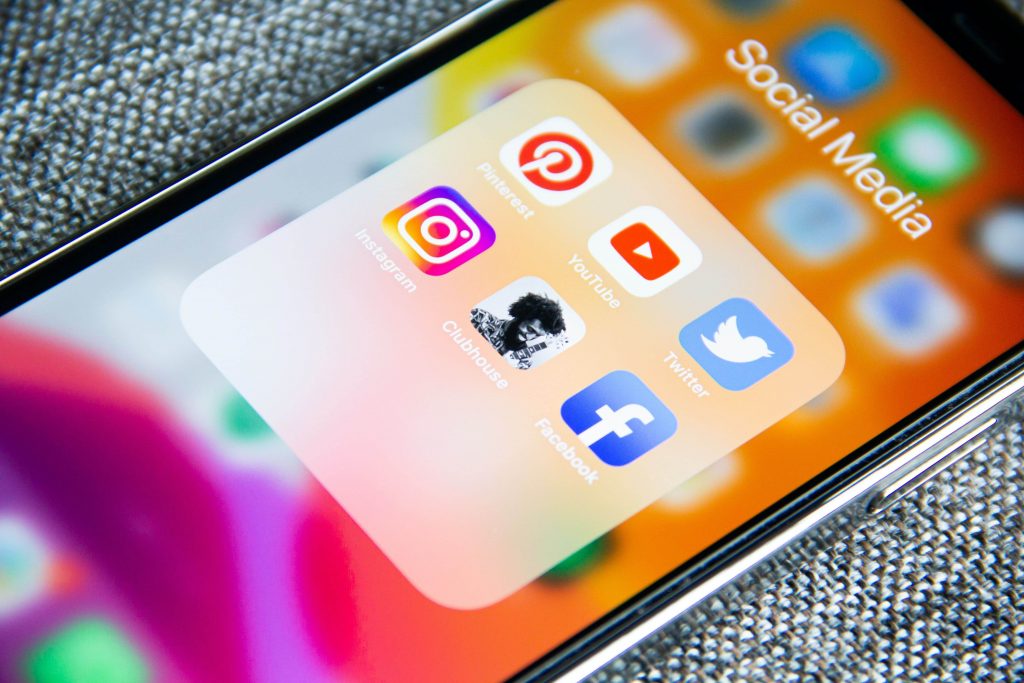
NFTs are also actively being used on social networks to build new communities. These communities are already thriving on platforms like X (formerly Twitter), where former CEO Jack Dorsey sold his initial tweet for $2.9 million. In fact, nearly all of the major social networks, like Instagram, Facebook and YouTube, have looked at ways to integrate NFTs.
For example, YouTube is trialling its own ‘YouTube NFT Marketplace’ where content creators will be able to sell exclusive videos, unreleased music and personalised videos to their subscribers. Creators would be able to mint and sell their content directly through YouTube, bringing greater monetisation options to users on the platform.
We love working on NFT projects
The use cases for NFTs could indeed be endless. New ideas and concepts are being dreamt up by web3 pioneers every day, and the industry is constantly expanding.
If you have an idea that utilises web3 or NFTs, we are always happy to help. Talk to us about bringing your NFT project to life!